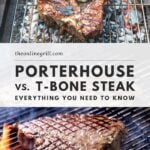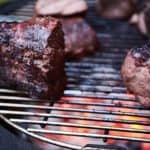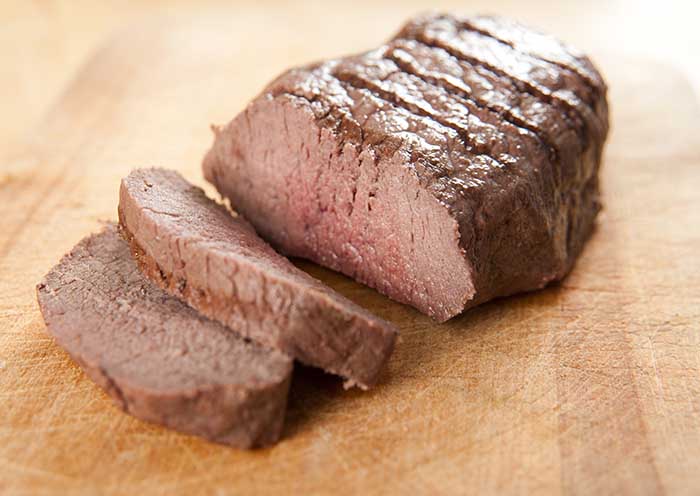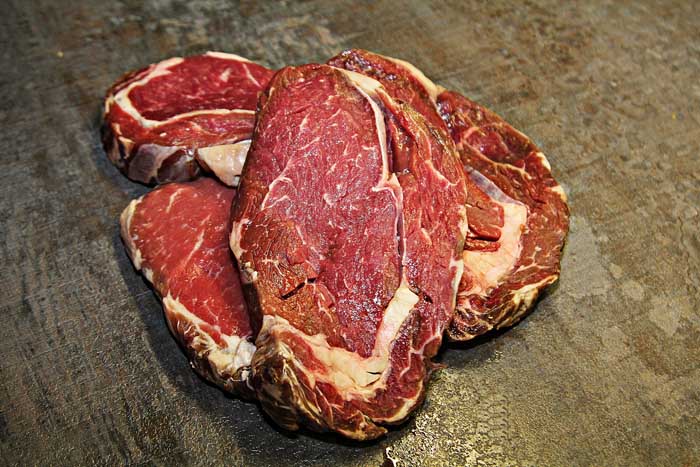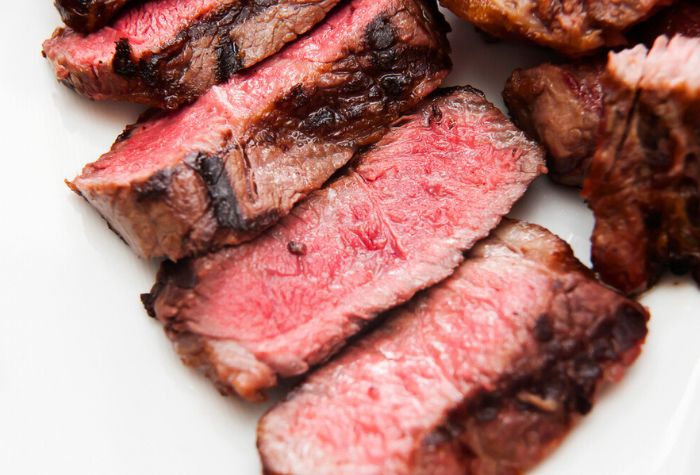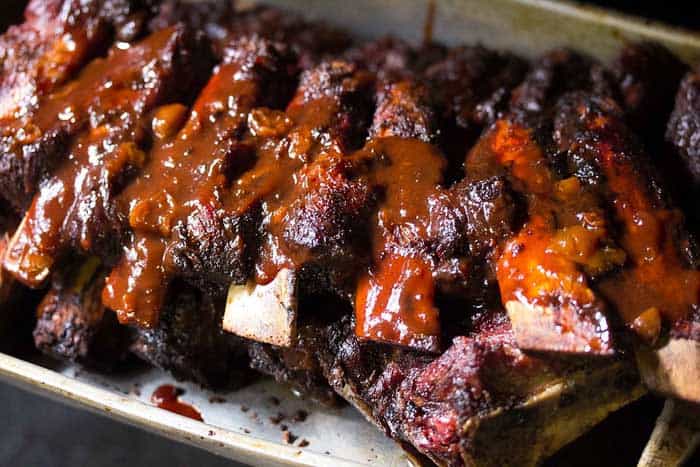Porterhouse and T-bone steaks are two of the world’s best prime beef cuts. But which should you choose? Whether you prefer filet mignon or New York strip, here are the differences you need to know.
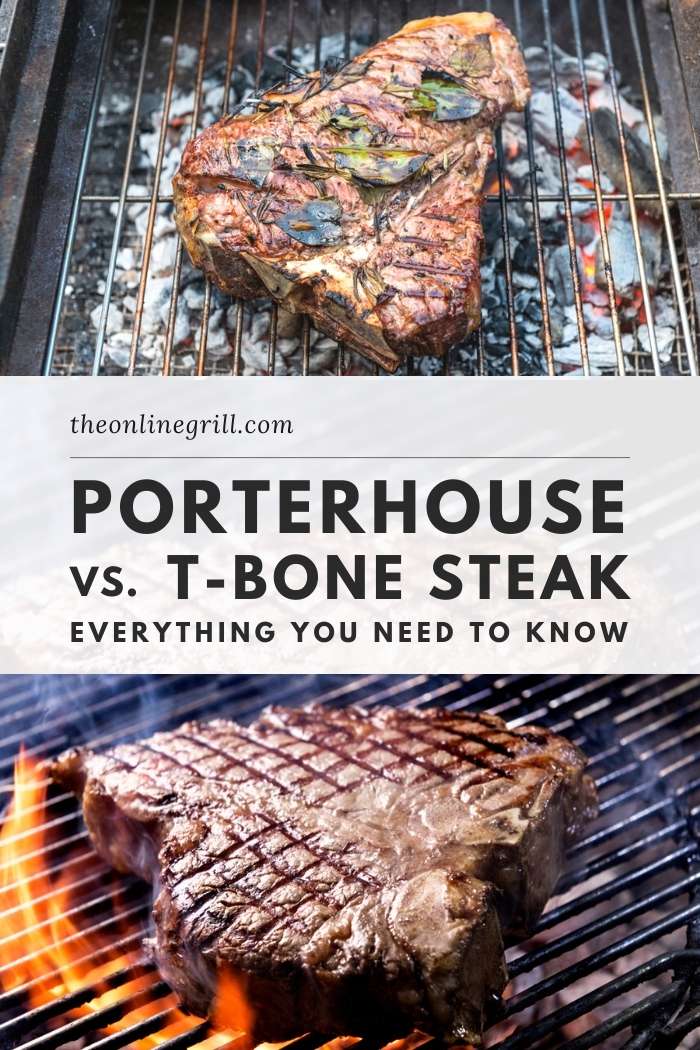
Many people might tell you that both T-bone and porterhouse steak are the same, but this isn’t true. Sure, they both have that ‘T’ shape and have similar fat compositions, but there are big differences between them.
Yes, they both come from the short loin of the cow (the section that sits between the cow ribs and the sirloin).
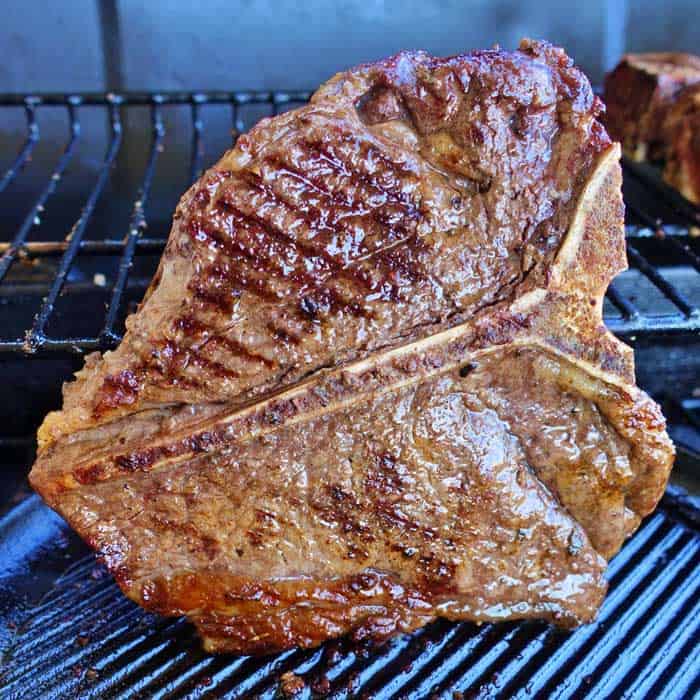
Where They Come From
Both T-bone and Porterhouse come from the short loin of the cow. This area of the cow has a T-shaped bone that runs through the middle (called the lumbar vertebra), which you can see in both cuts of beef. As a result, both steaks look almost identical.
T-bones are cut from the front of the short loin, whereas Porterhouse come from the back. As a result, Porterhouse steak carries more tenderloin.
Each carries a New York Strip on one side and a tenderloin Filet Mignon on the other.
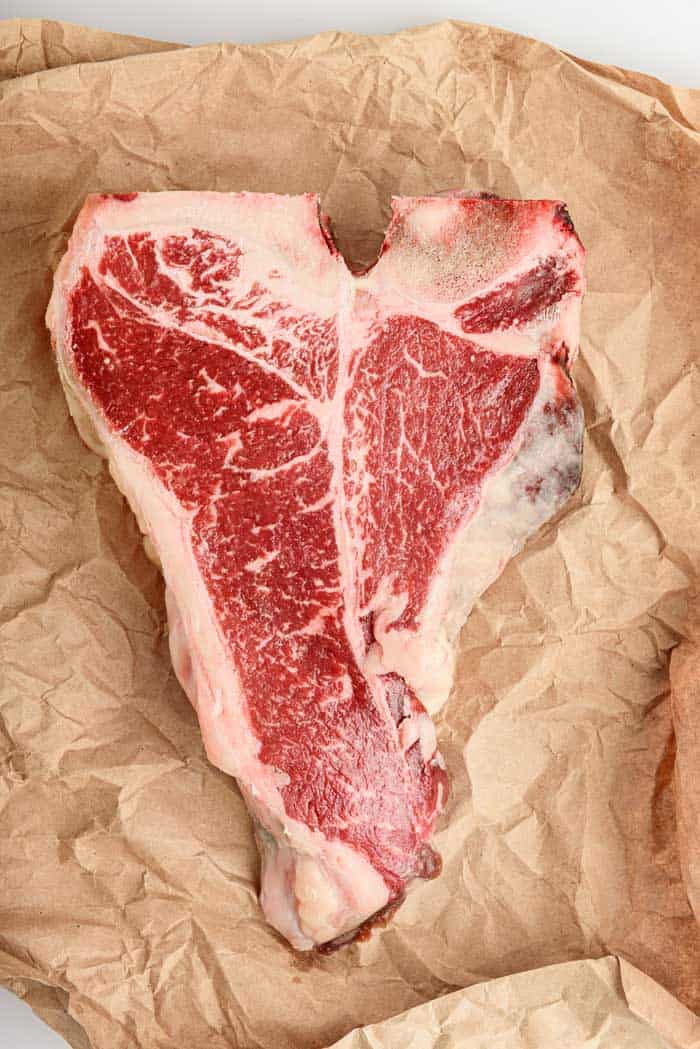
Thickness
What really separates the two is the size of the tenderloin section on each. The U.S. Department of Agriculture has stated that any cut with a tenderloin section at least 1.25 inches in width (source) should be classed as a Porterhouse steak.
As a result, any steak with a tenderloin section between ½ inch and 1.25 inches is defined as a T-Bone. Anything shorter than this is usually classed as a bone-in strip.
It’s a very technical definition, so it’s easy to see why the two are often confused for one another.
Price
We all know that steaks that carry the most meat tend to cost more, so it should come as no surprise that Porterhouse is more expensive than T-bone.
Porterhouse has more tenderloin, one of the most tender and delicious types of beef you can get.
Which is Best?
It depends. This is a boring answer, I know. But it does come to how many you’re cooking for and what you value in a good piece of steak.
The only real difference between the two is the amount of filet tenderloin on each, so there might be instances where Porterhouse might be too much.
If you are just cooking for yourself, go for T-bone. It’s more than enough meat to satisfy for one and will still give you a good cut of New York strip and filet.
If you are cooking for two, go for Porterhouse. The added filet mignon should give both you and a guest a good serving of New York strip and filet each, and it should work out as more economical to share between two.
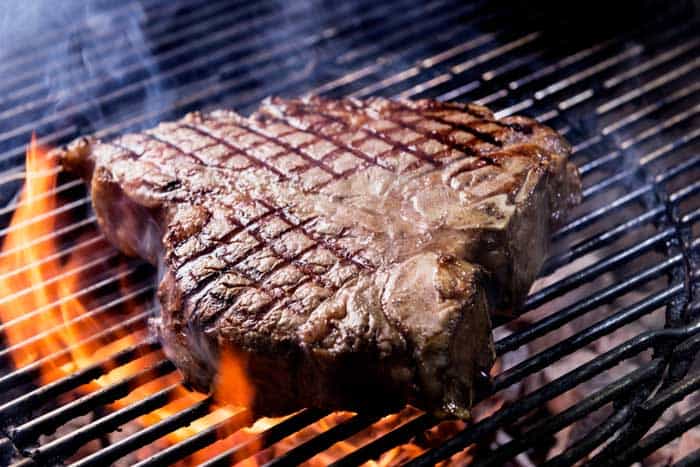
Steak Buying Tips
Anyone who has bought meat regularly will tell you that no two cuts of the same meat are created equal. It’s not uncommon to buy two T-bone steaks only to find that they’re very different in size and thickness. So here’s what to look out for to make sure you get the best possible for you.
Once you have decided if you want T-bone or Porterhouse, make sure that the strip side of the steak is a good size. Most people focus on the filet side so much that it’s easy to dismiss the strip side, only to end up with a thin cut of meat.
Try to make sure that there isn’t a lot of connective tissue through the strip steak, particularly in Porterhouse. Some Porterhouse cuts are cut too close to the sirloin section of the cow, which means that the meat can contain a lot of tough sinew. This is a much more heavily used muscle, which means the meat can be a lot tougher and chewy, and doesn’t contain a lot of flavor. As a result, you run the risk of paying Porterhouse prices for poor quality meat.
So look out for wide, generously sized cuts of meat with little sinew cross-sections. If you’re left with the choice between a medium cut with good marbling or a large cut with lots of sinew, always go for the smaller piece.
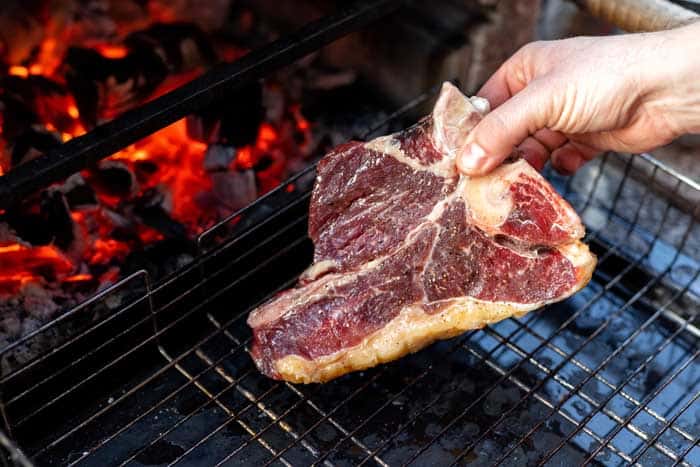
How to Grill Porterhouse or T-Bone
Despite being from the same part of the cow, the composition of the two steaks is different enough that you will need to treat them (slightly) differently.
Check out our reverse-seared t-bone steak recipe
Filet tends to contain less fat, so will cook faster. If you cook it at a slightly lower temperature, this should help them cook at about the same rate.
Heat up your grill to about 450°F (230°C). Place both steaks on the grill, but with the New York strip closer to the heat. Sear both steaks for about 4 minutes per side.
Allow the steaks to rest after grilling for about 10 minutes. This will help the juices in the meat to set in the meat, giving you beautifully tender results.
